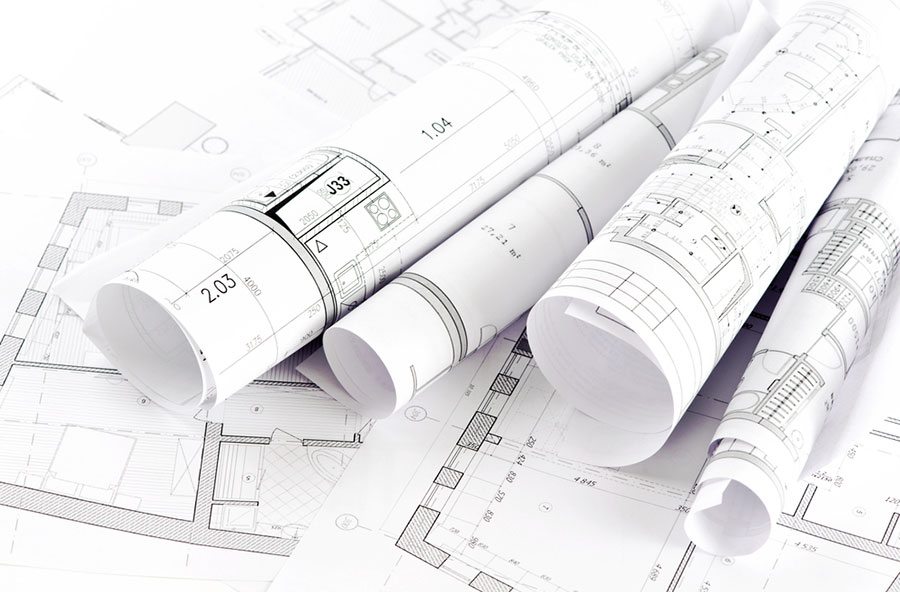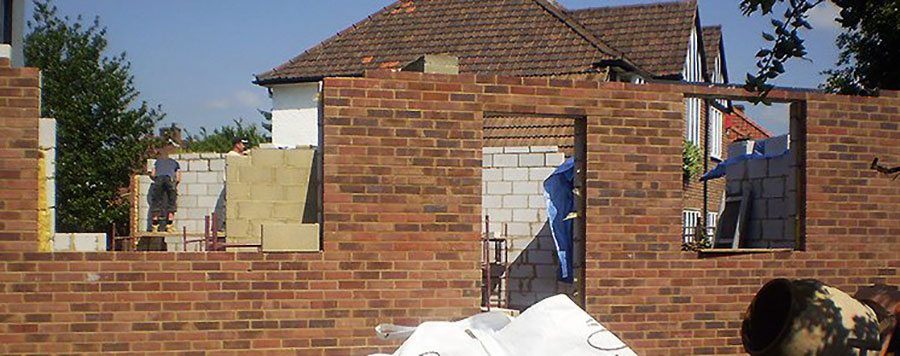Permitted development rights, which stem from a general planning consent granted not by the local authority but by parliament, generally allow you to add space and value to your home without the need to spend time and money obtaining planning consent, but what is permitted?
Permitted development
‘Permitted development’ rights, which only apply to common projects for houses but not to flats, maisonettes or other buildings, generally permit you to carry out a number of minor forms of development without the need to apply for formal planning permission.
 But note that the history of your house must be checked before undertaking any external alterations, in order to determine whether your permitted development rights have been removed by the council as the local planning authority.
But note that the history of your house must be checked before undertaking any external alterations, in order to determine whether your permitted development rights have been removed by the council as the local planning authority.
Restrictions
If your permitted development rights have been removed, you will have to submit a planning application for any alterations that you want to make to your property that would not normally require the council’s consent.
If your house is listed or in a conservation area, even if you do have permitted development rights, it is highly recommended that you check with local planning authority before making any alterations.

Garage conversion
Many homeowners choose to convert the garage into an additional bedroom or bathroom, and the good news is that consent is generally not required for a garage conversion, providing the work is internal and does not involve enlarging the building.
Loft conversions
You can usually make alterations to your loft without submitting an application for planning permission as long as the size allowance is not exceeded (check your local council’s website’s for limits and conditions which vary between terraced, detached and semi-detached houses).
No extension should be higher than the highest part of the roof or extend beyond the plane of the existing roof slope, while materials used should be similar in appearance to those used on the existing house. Balconies or raised platforms are generally not allowed without planning permission.
Extension
An extension or addition to your house is an ideal way to add space and value to your home. A rear or side extension is often considered to be permitted development, not requiring an application for planning permission, especially if it is a single-storey extension of no more than four metres tall and as long as it is no more than half the area of land around the ‘original house’ (refers to the house as it was first built or as it stood on 1 July 1948) would be covered by additions or other buildings. The extension must also remain lower than the highest part of the roof.

Outbuildings
Standard size garages, sheds and other outbuildings are generally considered to be permitted development.
If in doubt, check it out
Permitted development rights can be complex and so if you are in any doubt you should seek further information on permitted development rights by visiting the Planning Portal